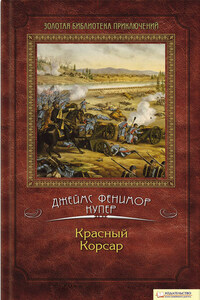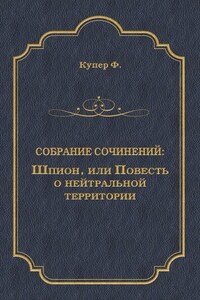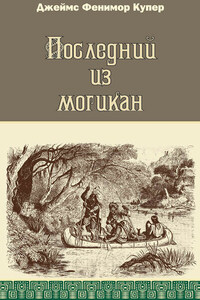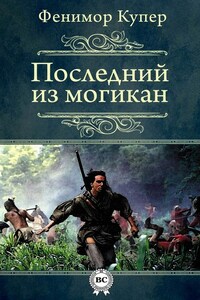In 1819, millworker William Collins from Glasgow, Scotland, set up a company for printing and publishing pamphlets, sermons, hymn books and prayer books. That company was Collins and was to mark the birth of HarperCollins Publishers as we know it today. The long tradition of Collins dictionary publishing can be traced back to the first dictionary William published in 1824, Greek and English Lexicon. Indeed, from 1840 onwards, he began to produce illustrated dictionaries and even obtained a licence to print and publish the Bible.
Soon after, William published the first Collins novel, Ready Reckoner, however it was the time of the Long Depression, where harvests were poor, prices were high, potato crops had failed and violence was erupting in Europe. As a result, many factories across the country were forced to close down and William chose to retire in 1846, partly due to the hardships he was facing.
Aged 30, Williamâs son, William II took over the business. A keen humanitarian with a warm heart and a generous spirit, William II was truly âVictorianâ in his outlook. He introduced new, up-to-date steam presses and published affordable editions of Shakespeareâs works and The Pilgrimâs Progress, making them available to the masses for the first time. A new demand for educational books meant that success came with the publication of travel books, scientific books, encyclopaedias and dictionaries. This demand to be educated led to the later publication of atlases and Collins also held the monopoly on scripture writing at the time.
In the 1860s Collins began to expand and diversify and the idea of âbooks for the millionsâ was developed. Affordable editions of classical literature were published and in 1903 Collins introduced 10 titles in their Collins Handy Illustrated Pocket Novels. These proved so popular that a few years later this had increased to an output of 50 volumes, selling nearly half a million in their year of publication. In the same year, The Everymanâs Library was also instituted, with the idea of publishing an affordable library of the most important classical works, biographies, religious and philosophical treatments, plays, poems, travel and adventure. This series eclipsed all competition at the time and the introduction of paperback books in the 1950s helped to open that market and marked a high point in the industry.
HarperCollins is and has always been a champion of the classics and the current Collins Classics series follows in this tradition â publishing classical literature that is affordable and available to all. Beautifully packaged, highly collectible and intended to be reread and enjoyed at every opportunity.
The first thing to note about The Last of the Mohicans is that the âMohicansâ never existed. James Fenimore Cooper fused, or rather âconfusedâ, the names of two real Native American tribes â the Mohegan and the Mahican â to arrive at a hybrid name. In addition, the names are plural nouns not requiring an âsâ. Set in the year 1757, The Last of the Mohicans is the second of five novels published between 1823 and 1841 featuring a character named Natty Bumppo. He is a frontiersman who finds himself in various adventures involving Native American Indians and European settlers at the time when the United States of America was in its embryonic stage. He had Caucasian parents but was raised by natives. As a result the author invented a character in possession of traits that he evidently thought were a perfect marriage â the courage and toughness of a tribesman and the perceived intelligence and cunning of the white Americans. Although by the standards of today, these kinds of stereotypes would be considered controversial, Cooper was writing for a primarily white readership, so his hero needed to appeal to their prejudices.
The eponymous last Mohicans are two tribesmen who assist Natty Bumppo in his exploits. They are Chingachgook and his son Uncas. Cooper seems to have erroneously believed that the Mohegan/Mahican had become extinct by his own lifetime. In fact both remained extant peoples, except that they had largely given up their hunter-gatherer lifestyles by that time. Also, the Mahican had become known as the Stockbridge Indians, having settled in the town of Stockbridge. Cooper was a city dweller, so was rather out of touch with anthropological accuracy. Besides, the title lent the story an air of romanticism and nostalgia, so Cooper may well have invented the myth to suit his literary ends.














